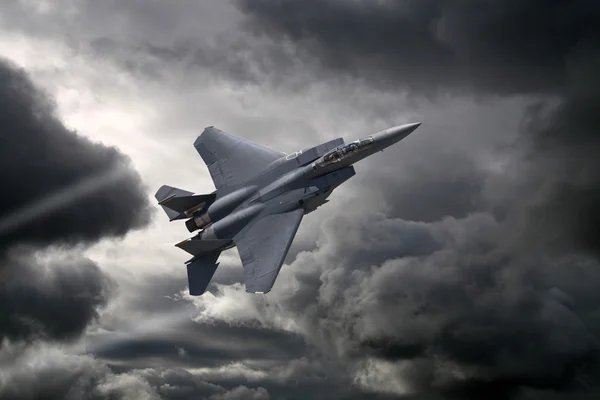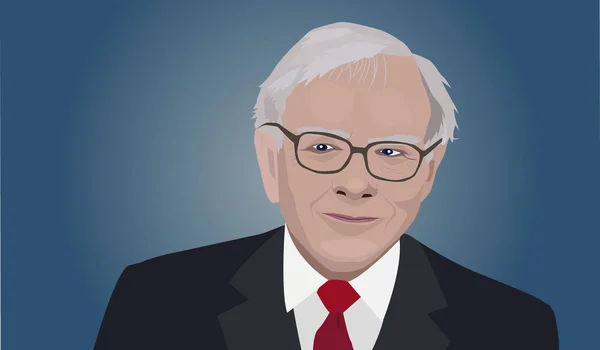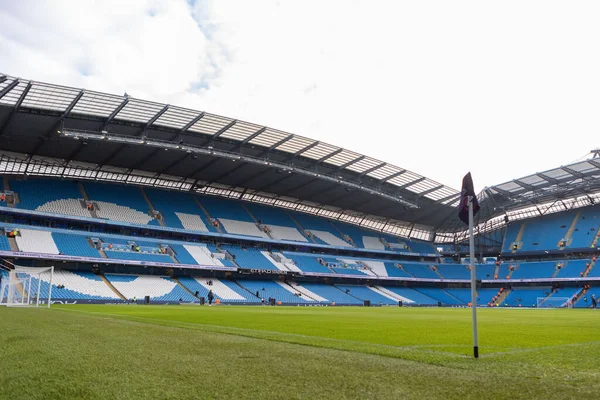Kashmir Skies Heat Up: Fighter Jets and Diplomatic Standoff

The long-standing conflict between India and Pakistan flared up again in Kashmir, with both sides launching accusations and attacks. On Friday, drone assaults and ceasefire violations along the Line of Control (LoC) were at the center of the dispute. Al Jazeera reported that both countries blamed each other for these provocations, raising fears of a full-blown escalation between two nuclear-capable powers.
Observers noted that the unfolding tensions have also drawn attention from international actors, especially China and France. This is due to the involvement of aircraft manufactured in those countries. A Reuters report indicated that a Pakistani-operated Chinese fighter jet shot down two Indian military planes on Wednesday, May 7, 2025. This event marked a breakthrough moment for China’s J-10 jet.
Two anonymous U.S. officials confirmed to Reuters that Pakistan used Chinese-made J-10 jets to fire air-to-air missiles, successfully downing two Indian aircraft. One of these aircraft was reportedly a French-built Rafale jet. Importantly, these sources stated that U.S.-made F-16s were not part of the Pakistani operation, refuting earlier speculations.
Khawaja Muhammad Asif, Pakistan’s Defense Minister, said in a Thursday statement to Reuters that three Rafale jets were destroyed using J-10 aircraft. He emphasized that these were newly purchased jets from France, which India had hoped would bolster its aerial capabilities. Pakistan’s claim of five total Indian jets downed underlines the growing intensity.
Both the Rafale and J-10 are part of the 4.5 generation class of fighter jets, combining modern avionics and agility with powerful weapon systems. Their performance in the current conflict has piqued the interest of defense analysts, who are keen to study how these aircraft fare in real combat scenarios.
According to Douglas Barrie from the International Institute for Strategic Studies, the conflict offers valuable insight into contemporary air warfare. He noted that experts from multiple countries, including the U.S., China, and European nations, are eager to assess tactics and technologies used during these encounters.
The Chinese media, particularly the state-backed Global Times, lauded the J-10C’s role in the conflict. Similar sentiments were expressed by online platforms such as Sohu, where military bloggers and netizens examined how the Rafale jets were allegedly overwhelmed by Pakistan’s strategy and airpower.
A post on Sohu asserted that Pakistan utilized electronic warfare tactics to impair six Rafale jets before proceeding with direct strikes. If confirmed, this would constitute one of the most damaging air combat losses for India in recent memory, prompting strategic reassessments in New Delhi.
The military engagement has not only intensified the Kashmir dispute but also cast a global spotlight on the air capabilities of regional powers. Advanced fighters like the J-10 and Rafale have become symbols of the broader geopolitical competition playing out in South Asia.
As India and Pakistan continue to bolster their military positions, concerns over an even more dangerous escalation are mounting. World powers are watching with concern, urging both nations to seek diplomatic solutions rather than continue along the path of armed confrontation.
What's Your Reaction?




















